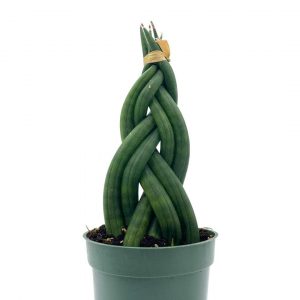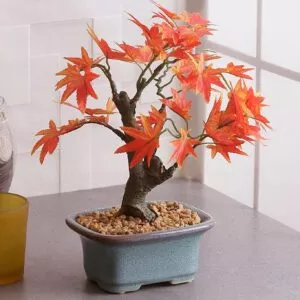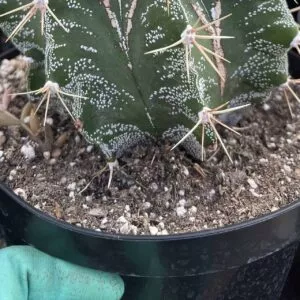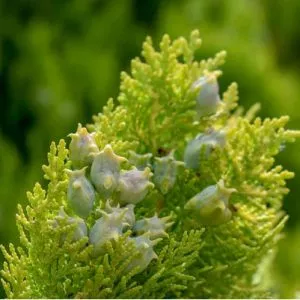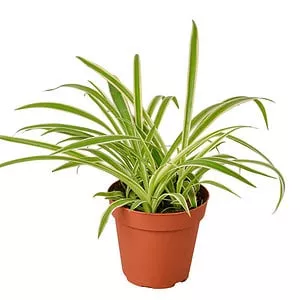No products in the cart.
Table of Contents
The summer lilac does have the name dwarf butterfly bushes. Such a name could be due to its sweet smell and highly attractive flowers that could surely lure butterflies, bees, and other pollinators.
These shrubs you find growing throughout North America are a blessing for some gardeners and a curse for others. It is a vigorous grower to use in landscaping, but they are an invasive plant in some states.
What Are Butterfly Bushes?
Botanically known as Buddleia davidii, this species is a fast-growing evergreen perennial shrub that can grow up to 24 inches tall or up to ten feet with an arching shape. The young stem is furry, while the leaves are velvety when touched. The coloration of foliage varies from dark green to silver/gray or grayish-green.
In addition, the blooms range in color from bright red, blue, deep purple, creamy yellow, pink, or white. In early summer into autumn, you’ll notice the blooms attract butterflies, birds, and bees. The flower grows on long spikes forming panicles that are tiny clusters varying in length up to one foot.
However, the rampant growth makes a summer lilac undesirable in certain parts of the United States, where it’s seen as an invasive butterfly bush. This beautiful native of China can be controlled by pruning them to the shape of a fine rounded form when grown as an outdoor plant.
Dwarf Butterfly Bush Care
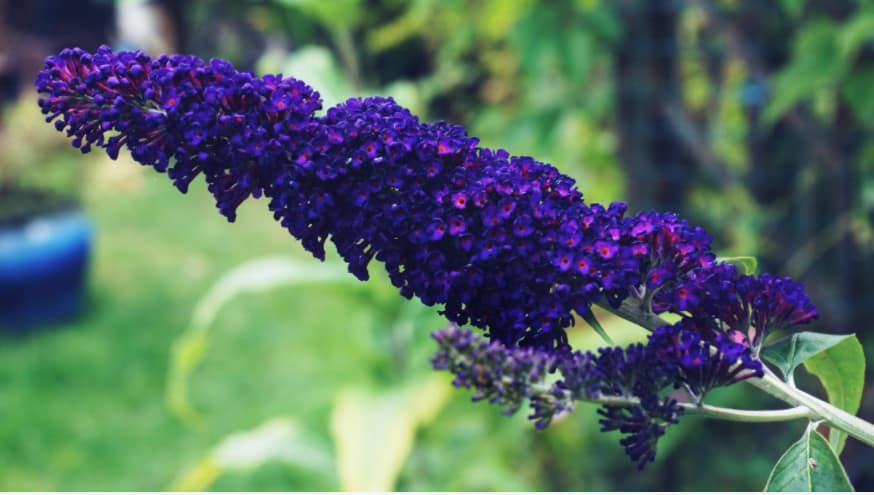
No matter what environmental conditions you live in, you can grow butterfly bushes. The only thing that will kill the non-invasive butterfly bushes is the lack of sun or soggy soil. Another fantastic thing is developing the dwarf butterfly bushes as indoor plants.
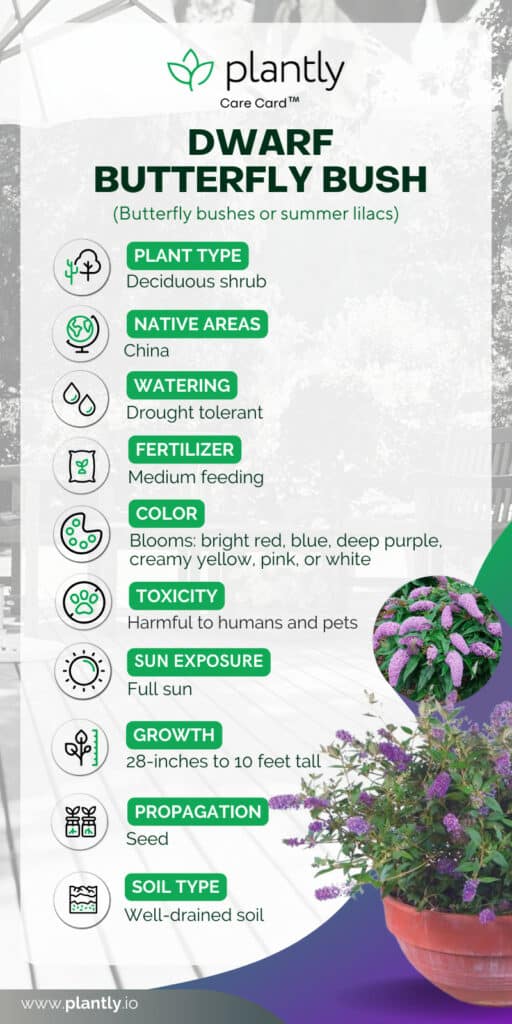
Ideal Potting Mix for Butterfly Bushes
The important thing is to provide your butterfly bushes with moist, fertile, and well-drained soil. We recommend using a nutrient-rich potting medium. Before planting, loosen the ground for drainage to prevent root rot.
Lighting Needs for Butterfly Bushes

Whether you grow butterfly bushes in perennial beds or as dwarf varieties, providing them with full sun is essential. Your plant needs loads of natural light. When planting this herbaceous perennial outdoors, allow them to have at least five feet of space between them.
That would give enough room for light to penetrate.
Watering Needs
Butterfly bushes that are grown outdoors need deep watering during their growing stages. While it has a drought-resistant nature, you still need to provide them with enough water until it’s fully established.
Keep an eye on the soil to prevent the roots from rotting. During early spring to summer, you can water more often. But, when you have rainy days, make sure to check the ground before watering again.
The same applies to the plant grown indoors.
Temperature & Humidity
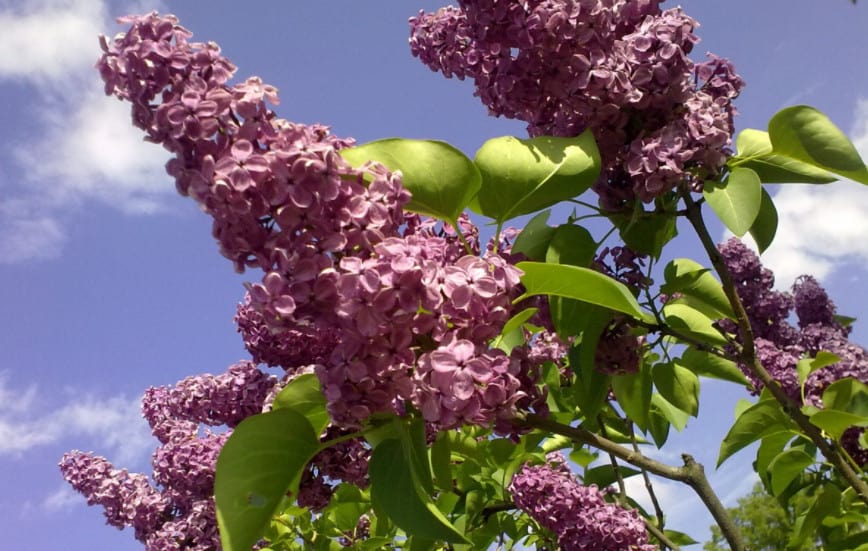
You can grow summer lilac in your butterfly garden. But, if you live in the USDA hardiness zone 5, the woody shrub can die back to the ground.
In warmer climates from zones 5 to 9, it regrows from the old wood in spring. If you live in cold temperatures below 20°F, it helps to protect them by bringing the pots inside.
The best time to butterfly bushes in zones 5 or 6 is spring to mid-summer as it allows new growth in the root system.
In stock In stock In stock In stock
Free Shipping
$65.00
Sold By:
Cacti and Exotica
Hoya Kerrii variegated
Rated 4.98 out of 5 based on 59 customer ratings00
Sold By:
Cacti and Exotica
$19.99
Sold By:
BubbleBlooms
Braided Snakeplant African Spear Plant, Cylindrical snake plant, spear sansevieria, twisted, braid sansevieria, big in 4 inch pot, large
Only 99 available and it’s in 2 people’s basket Rated 4.81 out of 5 based on 279 customer ratings04
Sold By:
BubbleBlooms
Free Shipping
$8.98
Sold By:
CZ Grain
30 Japanese Red Maple Bonsai Tree Seeds
Only 996 available and it’s in 1 people’s basket Rated 4.60 out of 5 based on 156 customer ratings01
Sold By:
CZ Grain
$47.99
Sold By:
Cacti and Exotica
$58.99Astrophytum Ornatum: Unveiling Nature’s Masterpiece
Rated 4.98 out of 5 based on 59 customer ratings00
Sold By:
Cacti and Exotica
Fertilizing Your Butterfly Bush
Because butterfly bush is an invasive species, you do not want to overfeed it as the leaves become overgrown. Instead, you can provide compost in the soil each spring around its base. This slowly feeds the roots.
You can provide it with mulch about three inches thick to conserve moisture in early spring but keep the mulch away from the stems and crown. You can feed the butterfly bush annually with a pH-balanced fertilizer in spring.
Propagation of Summer Lilacs
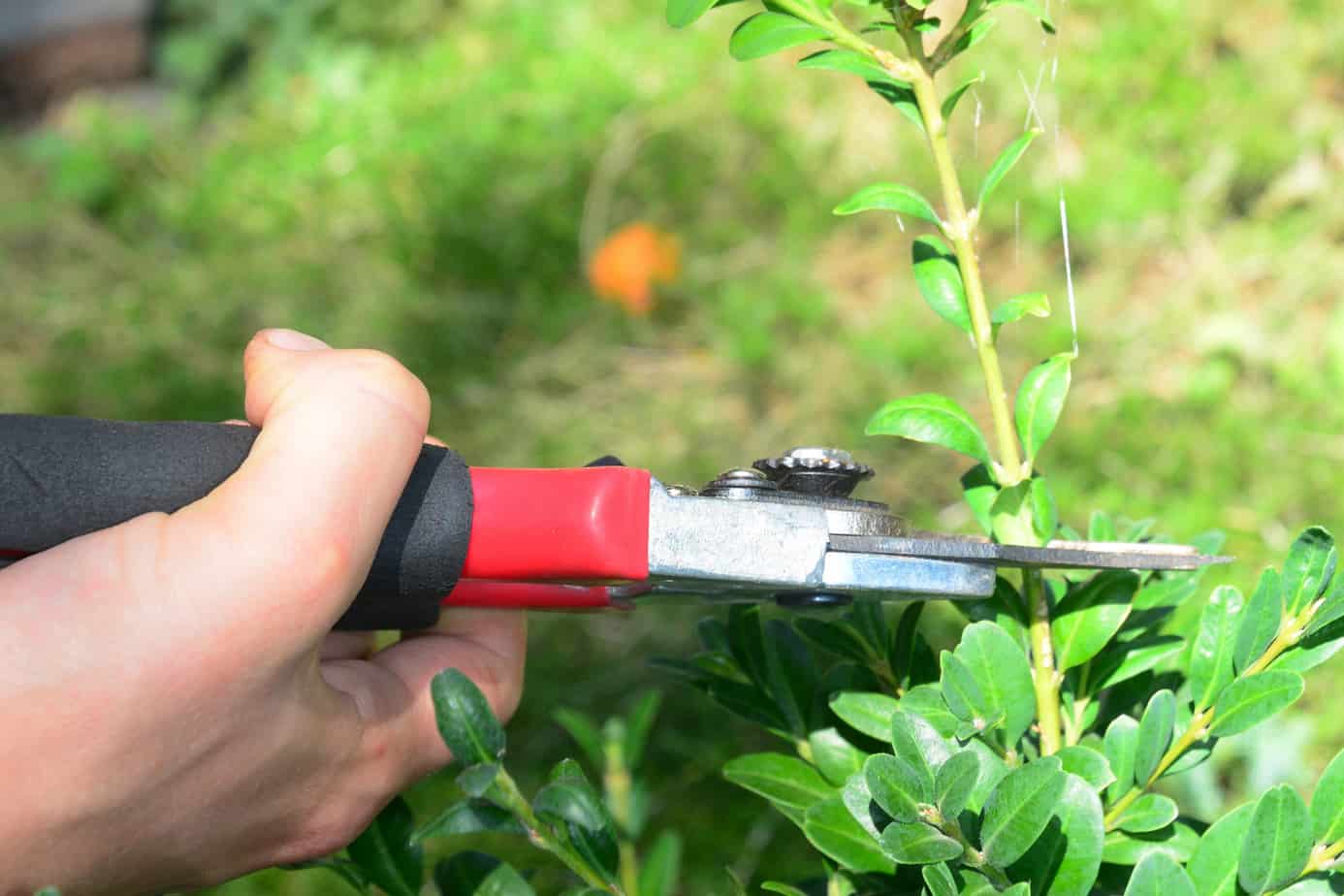
Propagating summer lilacs are rare as they spread fast. But the way to do it is by collecting the seeds. Another recommendation is to use branch cuttings in spring with new growth.
In summer, you can take stem cuttings, cut them about six inches long, and dip the cut end into a rooting hormone powder. Place your cutting in a pot with moistened soil. Place your plant in partial sun to ensure new growth.
Alternatively, you can divide them to transplant in early spring or fall. First, you will need to dig up your shrub and separate them into sections with shoots attached.
Pruning and Dead-Heading Butterfly Bush
Pruning butterfly bushes is essential. It needs hard pruning every year in spring. You can remove the previous growing season’s growth, cutting them back to six inches of the old wood.
Another crucial thing is to prune your plant after flower production. Remove old branches and shorten the long shoots. Aside from pruning, deadheading the flowers helps encourage new blooms when you
Also, remember these plants are poisonous. So, it’s best to wear gloves when deadheading flowers or pruning.
Dwarf Butterfly Bush Varieties
Butterfly Weed
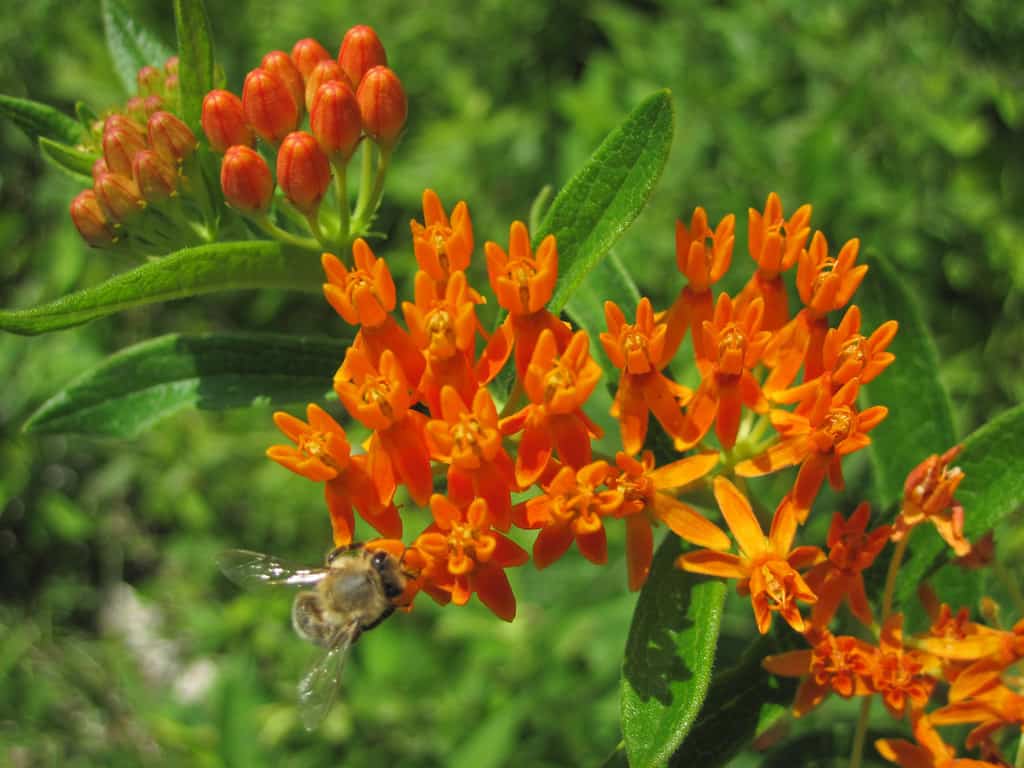
The butterfly weed is a plant that many people get confused with the butterfly bush. While both grow fast, the butterfly weed has a flat-topped flower cluster in yellow to orange colors. Furthermore, it matures slowly while producing a lot of blooms compared to butterfly bushes.
In stock In stock In stock In stock
Free Shipping
$65.00
Sold By:
Cacti and Exotica
Hoya Kerrii variegated
Rated 4.98 out of 5 based on 59 customer ratings00
Sold By:
Cacti and Exotica
$19.99
Sold By:
BubbleBlooms
Braided Snakeplant African Spear Plant, Cylindrical snake plant, spear sansevieria, twisted, braid sansevieria, big in 4 inch pot, large
Only 99 available and it’s in 2 people’s basket Rated 4.81 out of 5 based on 279 customer ratings04
Sold By:
BubbleBlooms
Free Shipping
$8.98
Sold By:
CZ Grain
30 Japanese Red Maple Bonsai Tree Seeds
Only 996 available and it’s in 1 people’s basket Rated 4.60 out of 5 based on 156 customer ratings01
Sold By:
CZ Grain
$47.99
Sold By:
Cacti and Exotica
$58.99Astrophytum Ornatum: Unveiling Nature’s Masterpiece
Rated 4.98 out of 5 based on 59 customer ratings00
Sold By:
Cacti and Exotica
White Ball
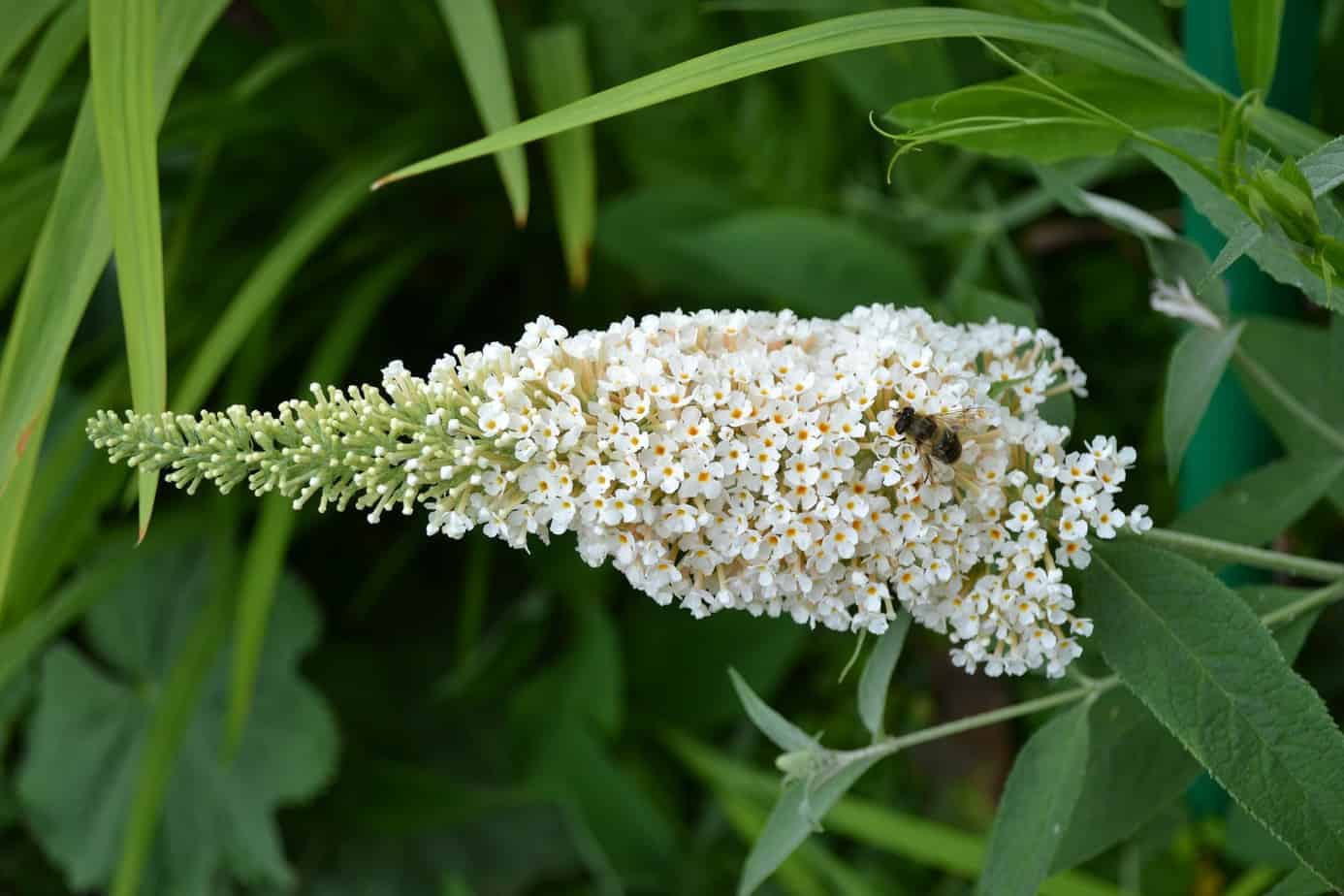
This butterfly bush is small with a height of three feet bearing white blossom in summer.
Nanho Blue
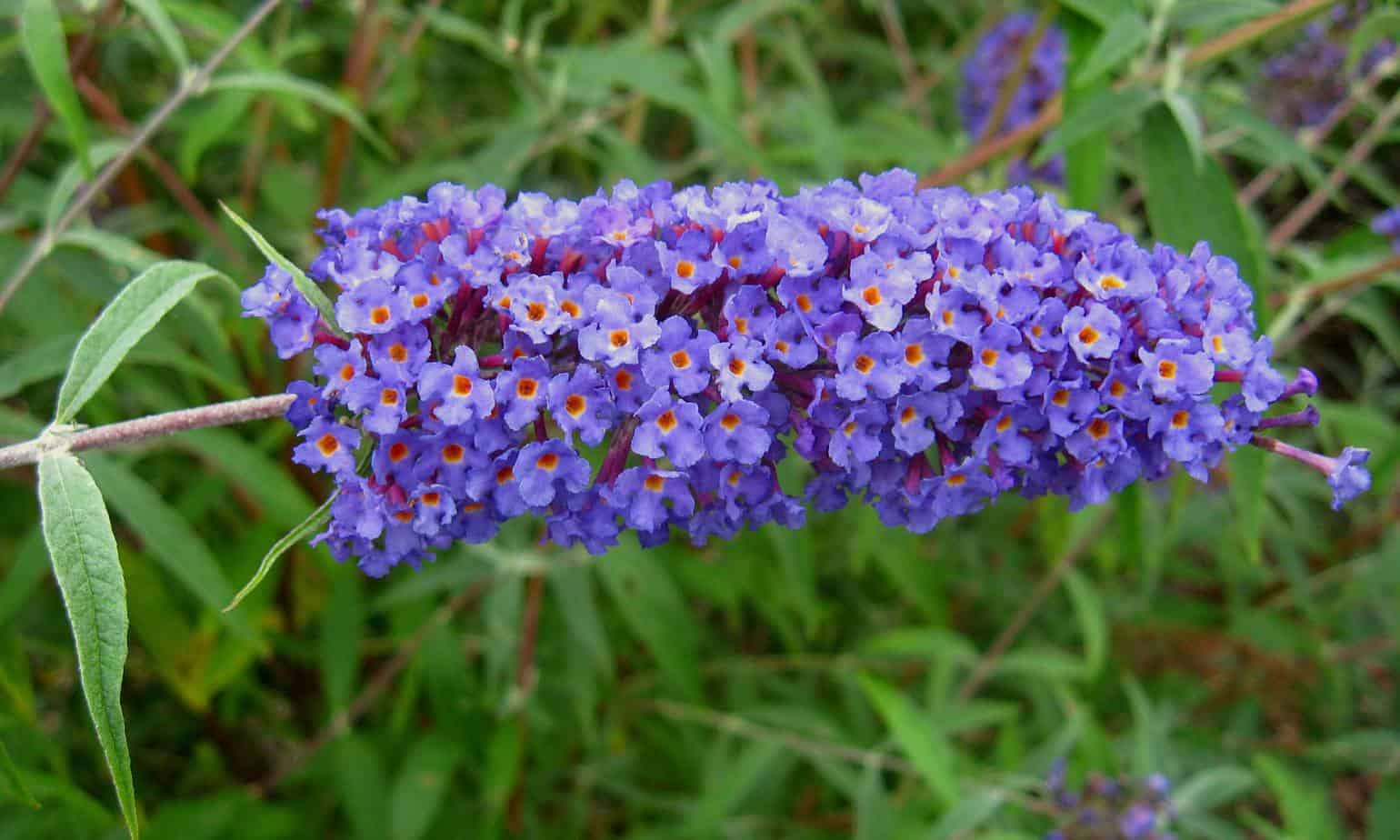
This variety of butterfly bush grows blue flowers ranging from deep indigo to light mauve.
Ellen’s Blue
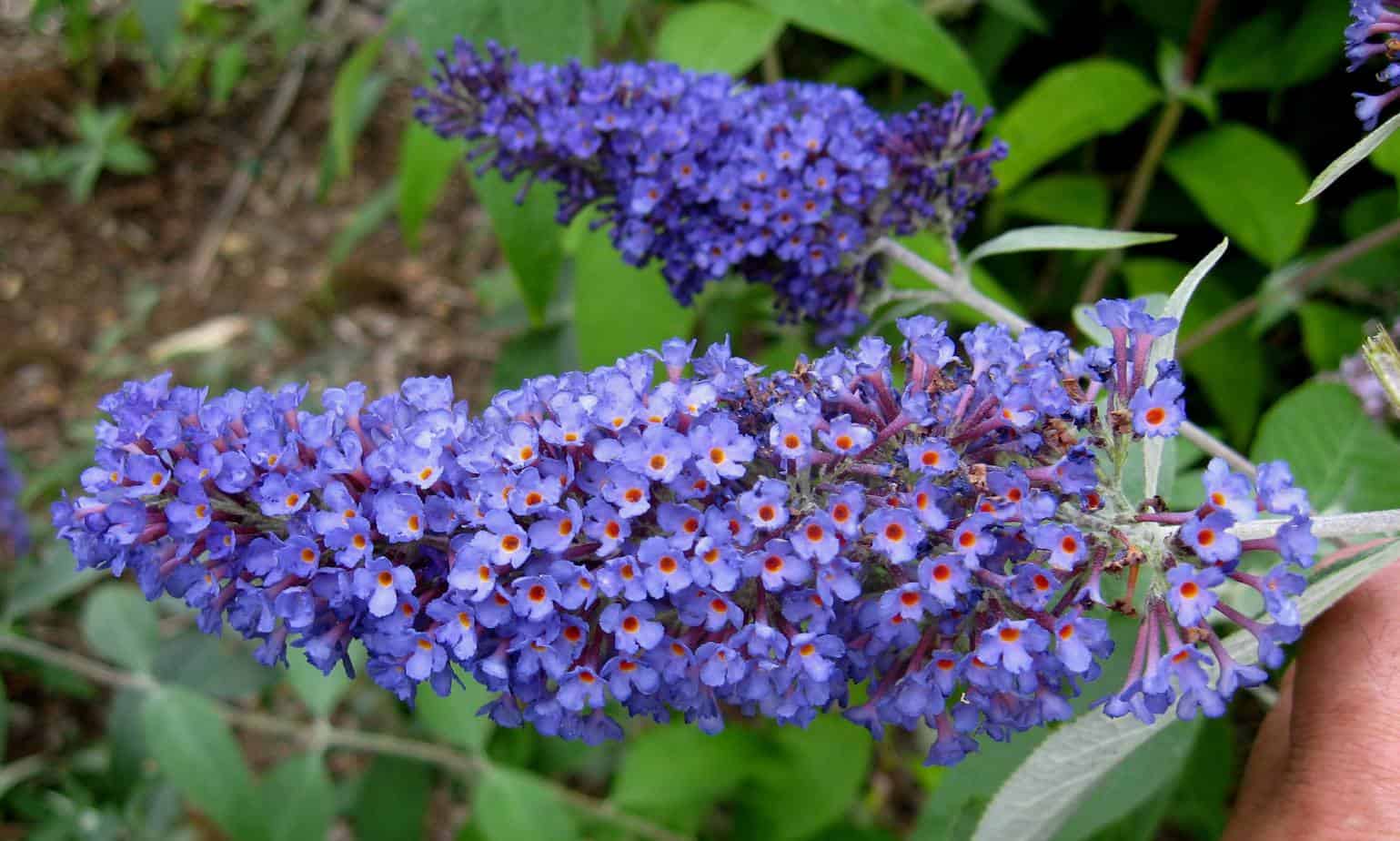
The plant stands four feet tall to produce gorgeous violet-blue blooms.
Summer Beauty
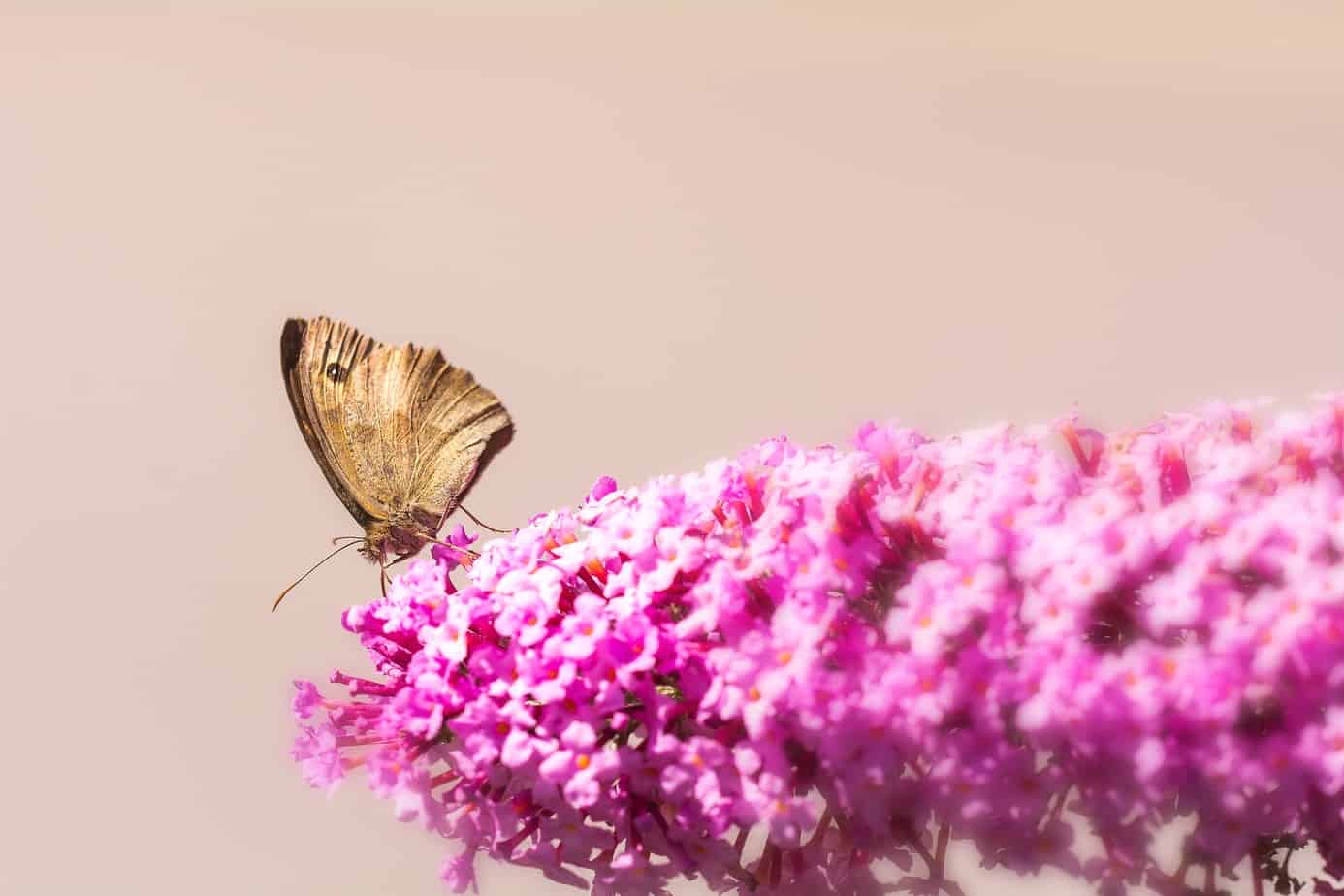
The summer lilac grows up to four feet high with beautiful rose-pink blooms.
In stock In stock In stock In stock
$29.99
Sold By:
Carlo's Plant Farm
2 Blue Cone Arborvitae
Rated 5.00 out of 5 based on 22 customer ratings02
Sold By:
Carlo's Plant Farm
$12.00
Sold By:
Gardengineering
$20.00Sansevieria trifasciata | Black Coral Snake Plant
Only 2 available and it’s in 1 people’s basket Rated 4.96 out of 5 based on 25 customer ratings00
Sold By:
Gardengineering
$9.99
Sold By:
Succulent Oasis
Small Cactus Plant Old Man of the Andes.
Only 7 available and it’s in 1 people’s basket Rated 4.84 out of 5 based on 352 customer ratings00
Sold By:
Succulent Oasis
$15.99
Sold By:
BubbleBlooms
$22.00Peperomia Puteolata, 4 inch, Stilt Peperomia, Parallel Peperomia
Rated 4.81 out of 5 based on 279 customer ratings00
Sold By:
BubbleBlooms
Dwarf Butterfly Bush Diseases & Pests
During the growth stages of summer lilacs, you may encounter a few problems. As with most vegetation you need to keep an eye out for:
Nematodes
You can find them plaguing the butterfly bush when grown in sandy soil or swampy conditions leading to root rot.
Spider mites
If your plant is exposed to drought and high humidity, you will find these critters present.
Downy mildew
You find this in cold climates when standing outside from dampness and rain for extended periods.
Caterpillars
As can be expected, the summer lilac attracts butterflies who in turn, in turn, lay their eggs and produce caterpillars later.
Frequently Asked Questions
When you deadhead faded flowers, it helps generate blooms or provides a bushier growth. The fantastic thing is it extends the bloom time and the plant’s life.
To do this, you can cut the individual blooms after the flower fades or starts turning brown. Please do this before it starts to seed and cut them back by one-third the length.
You can cut a one-quarter inch above the node or where leaves are growing from the stem.
The growth of the butterfly bush all depends on the species that you have. For example, a dwarf butterfly bush can grow up to 28-inches tall. In contrast, other species range from six to ten feet tall with a width of four to ten feet.
As butterfly bushes provide a profuse amount of nectar and attract different pollinators, they distract butterflies, bees, and birds from the native plant species. Thus, they reduce the reproduction of the native plants overgrowing them and becoming invasive.
The butterfly bush you find at garden centers and online. For more bush plants, visit our Plantly marketplace and see numerous plant offerings that’ll suit your taste.
Whether you want to buy, sell, or simply reach out to other plant enthusiasts, Plantly is the right place to be!
-
$9.99Sold By: Cacti and Exotica
In stock
Jade Plant – Crassula ovata
Only 4 available and it’s in 1 people’s basketRated 4.98 out of 5 based on 59 customer ratings00Sold By: Cacti and Exotica -
Free Shipping$26.99 – $30.99Sold By: A&K Plants
In stock
Reverse Spider Plant | 4-inch pot
Rated 4.95 out of 5 based on 66 customer ratings00Sold By: A&K Plants -
Free Shipping$7.29 – $10.98Sold By: CZ Grain
In stock
Spearmint Seeds for Planting | Fresh Seeds of Perennial Spearmint Herb, Great for Kitchen and Grinding
Only 899 available and it’s in 1 people’s basketRated 4.60 out of 5 based on 156 customer ratings00Sold By: CZ Grain -
$11.99Sold By: BubbleBlooms
$14.99In stock
Winged pitcher plant, Carnivorous, Nepenthes alata, in 2 inch pot
Only 69 available and it’s in 4 people’s basketRated 4.81 out of 5 based on 279 customer ratings00Sold By: BubbleBlooms

